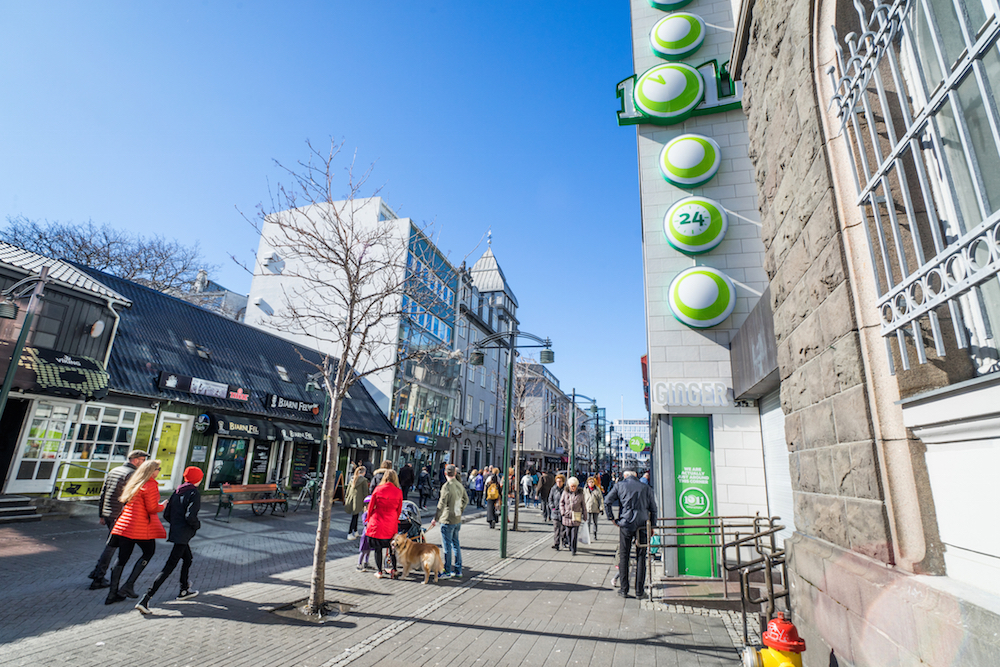
During the first half of this year, Iceland has already seen 29 likely drug overdose deaths—nearly as many as the 32 total that the country had in 2017.
The alarming increase, according to Reykjavík Grapevine magazine, could be due to a developing crisis in the country.
Ólafur B. Einarsson of the Directorate Of Health—a government agency under Iceland’s Ministry of Welfare—tells the Grapevine that substances like amphetamine and cocaine have been discovered in various samples from those who have died, though those substances have not been determined to be the cause of death.
“There have been 29 deaths that are probably related to drugs from January to the middle of June this year,” Einarsson said. “But it remains to be confirmed whether they are all directly linked to drugs.”
Einarsson added that cocaine has been discovered in five of the deaths, which is “a lot.” However, he says, a bigger concern is the abuse of prescription drugs in the country.
“Compared to other Nordic countries, Iceland has a 30% higher consumption rate of nervous system medication like oxycodone,” Einarsson says.
Because of this statistic, the Grapevine notes, the Directorate Of Health in Iceland began an online prescription database in 2016 with the hope that it would prevent physicians from prescribing numerous medications to the same patient.
According to Einarsson, another alarming trend lies in the ages of those abusing drugs. “This year, we discovered that more young people consumed a mix of strong opioid analgesics and cannabis or alcohol,” Einarsson told the Grapevine.
According to Einarsson, the group most at risk is young men. In fact, 79% of those dead in 2018 were males.
While the specific numbers don’t touch the United States in terms of quantity, the per capita ratio does. Iceland is home to only 338,000 people, while the U.S. has a population of more than 326,000,000.
According to the Grapevine, there was about one drug-related death per 10,000 people in Iceland last year, compared to one per 4,500 in the U.S.
“In my opinion, the current situation is a crisis and if the numbers will continue to rise this year, we will in fact be very close to the figures of the United States, proportionally speaking,” Einarsson said.
The drug-related deaths reflect a larger problem in Iceland.
“Overall, there’s a lot more going on than drug-related deaths,” Einarsson told the Grapevine. “This is the darkest part of the whole picture and there are hundreds of people who are admitted to the hospitals every year due to drug overuse. There have been questions about the healthcare system and how to improve it for several years now.”
